Every year from April to June, the mangrove forests along the coast of Kim Son district bloom with white flowers. That is also the time when beekeepers bring their bee colonies here to collect drops of delicious, smooth honey, rich in the scent of the sea.
This year, Mr. Tran Van Dong in Van Hai commune, Kim Son district, brought 1,200 bee colonies to this mangrove forest to collect honey from mangrove and parrot flowers. When we were there, Mr. Dong's family was harvesting honey, with dozens of people participating in this work. Everyone was fully equipped with protective equipment including gloves, hats, face nets...
Each person has a job, first, one person will open the lid of the beehive to check the honeycombs. Another person will smoke to calm the bees, then, lift each honeycomb up and shake it gently so that most of the bees fly away, the bees that are still persistent will be brushed away by the beekeeper with a brush. Each honeycomb is brought to the gathering point, the lid is cut off and put into a centrifuge, producing drops of golden, pure, sweet honey.
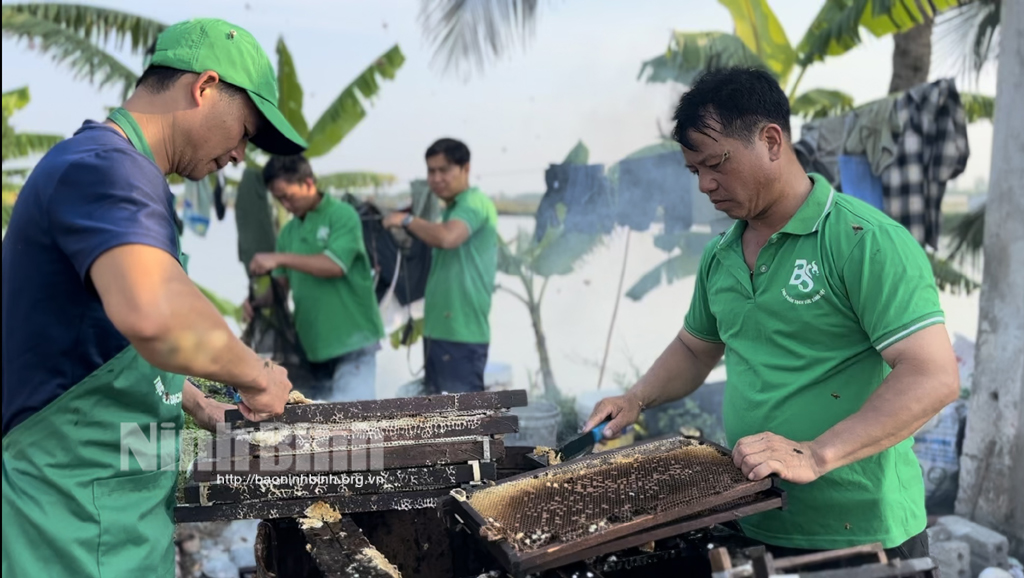
Mr. Dong shared: "To have good quality honey, the most important thing is to have a healthy bee colony. Next, you must choose the right time to extract honey. Only extract honey when checking that the honeycombs containing honey have been covered by bees covering 75% of the frame surface. If more than 1/4 of the honeycomb surface is not protected, it means that the honey has not been fanned out of moisture by the bees and has not undergone a complete enzymatic biochemical process. If we continue to extract the frame like this, the honey will be diluted and the quality will not be guaranteed." It is known that each year Mr. Dong harvests more than 30 tons of honey, of which the tiger and parrot honey alone accounts for about 30% of the output.
Having been involved in beekeeping for decades, Ms. Tran Thi Tuoi in Tan Binh ward, Tam Diep city travels all over the country all year round, taking bees to collect honey according to each flower season, after the lychee and longan flower seasons in Hung Yen, Bac Giang , then to the Central Highlands to collect coffee flower nectar... However, the mangrove forest in Kim Son is the place where Ms. Tuoi likes to collect honey the most.
"Mangrove and parrot trees grow in the sea, in a completely natural, clean ecosystem, not contaminated with chemicals such as fertilizers and toxic pesticides, so they have a rich flavor, a characteristic aroma, are very healthy and nutritious, good for health, and are popular in the market" - Ms. Tuoi said.
According to Ms. Tuoi, with 360 bee colonies, each mangrove season, her family harvests about 5 tons of honey. She retails the products to people in the area and pharmaceutical companies at a price of 80-90 thousand VND/kg, earning about 300 million VND.
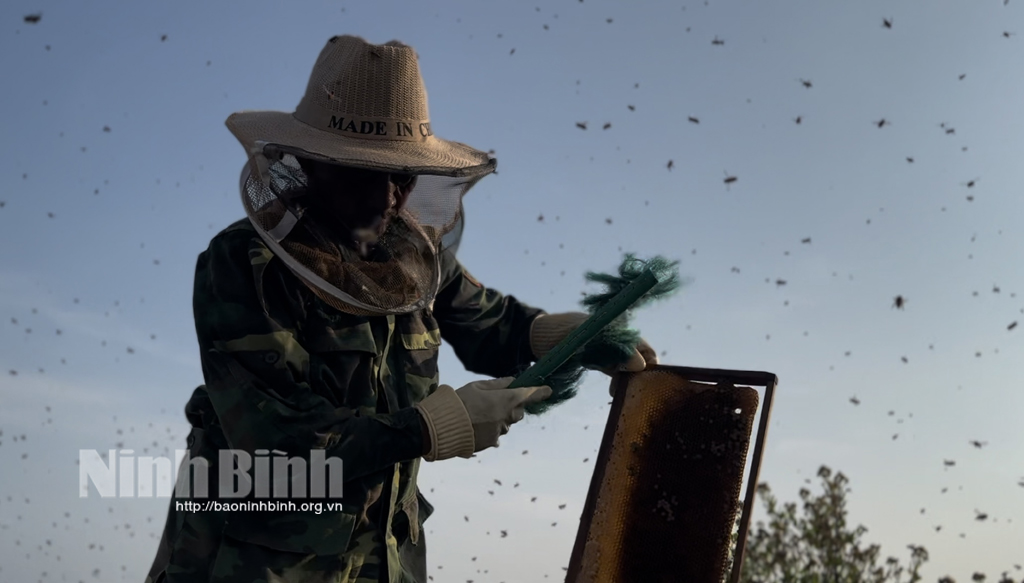
Also a person who regularly brings bee colonies to this mangrove forest to collect honey, Mr. Tran Van Loi in Van Hai commune, Kim Son district, shared: Beekeeping brings high income but not everyone can do it because this profession requires diligence and hard work. At this time, the weather is extremely hot, beekeepers like him have to regularly take care of the bees, make a roof to avoid direct summer sunlight from shining on the hive, and clean the beehive carefully and thoroughly. Regularly turn the beehive to make the honey even, check each beehive to see if the bees are healthy and have collected enough pollen. In addition, it is also necessary to grasp the health of each bee colony because this species is very sensitive to the weather and susceptible to disease.
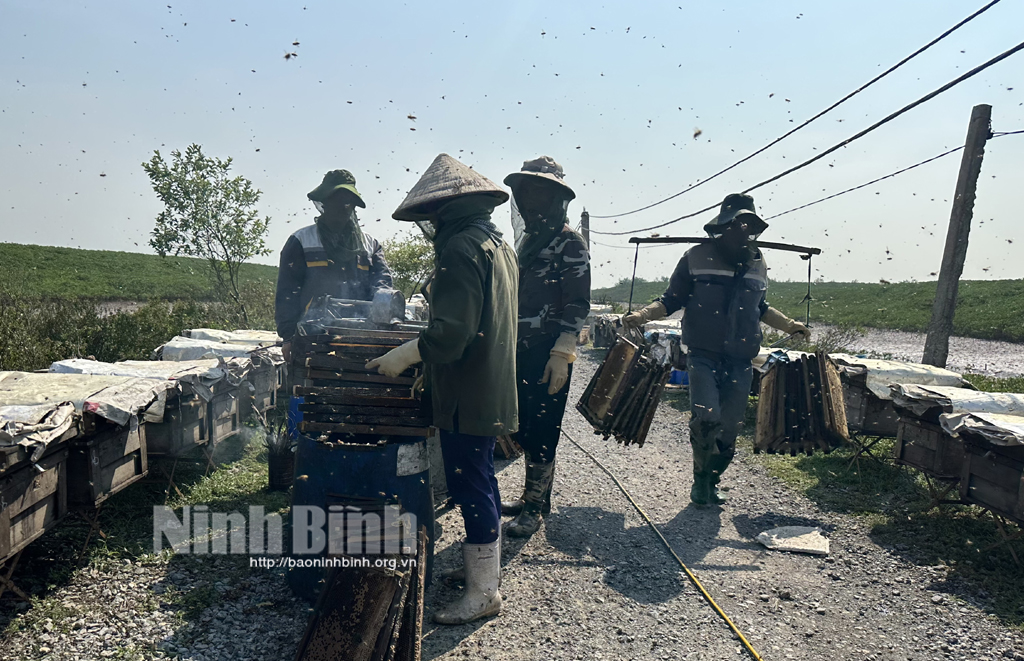
The Kim Son coastal alluvial area covers thousands of hectares and continues to accumulate 80-100m into the sea every year. Over the years, with the efforts of planting, caring and protecting by the people, local authorities and the active support of international organizations, this place has gradually been covered with a vast green color of mangrove forests, mainly Sonneratia, Su, Parrot...
Not only is it a "green wall" protecting and improving the coastal ecological environment, Kim Son mangrove forest also creates sustainable livelihoods for people living in the surrounding area. In particular, beekeeping for honey is a typical model. Each season of the mangrove and parrot flowers, there are about 20 beekeepers with about 5,000 bee colonies coming to collect honey, with a honey output of about 50-70 tons, worth billions of VND.
I think, if there is planning, orientation, management plan, and support for people to build a brand, Kim Son honey products will certainly expand the market and have higher value.
Nguyen Luu
Source link



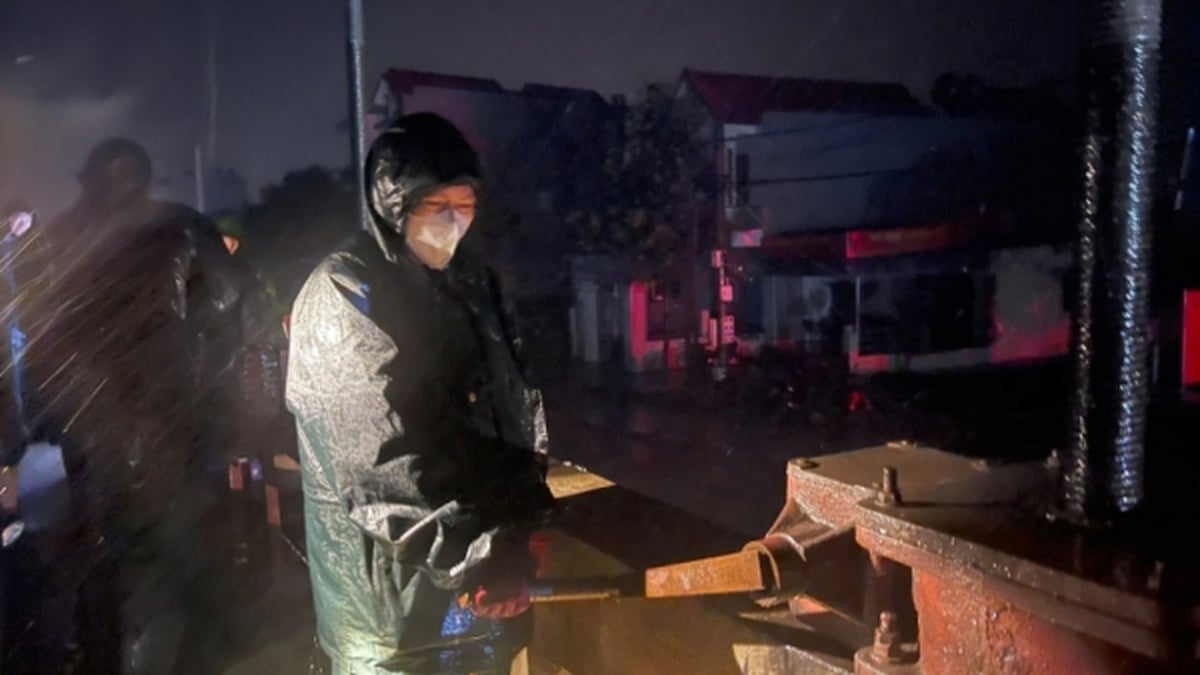
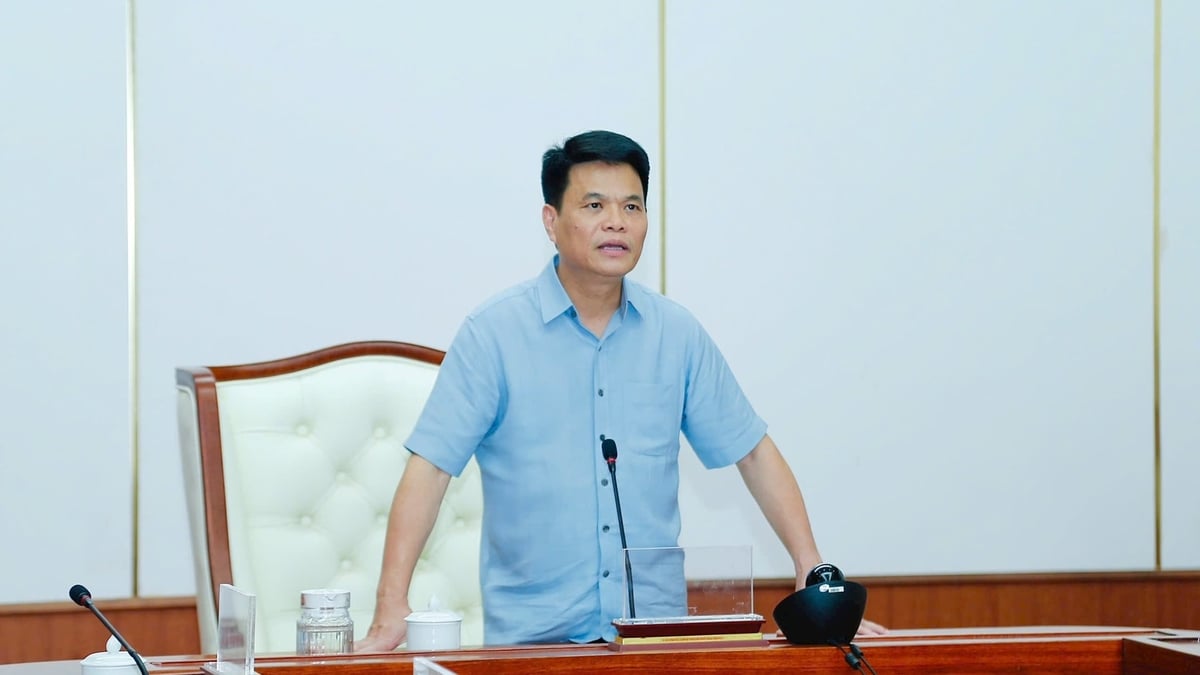
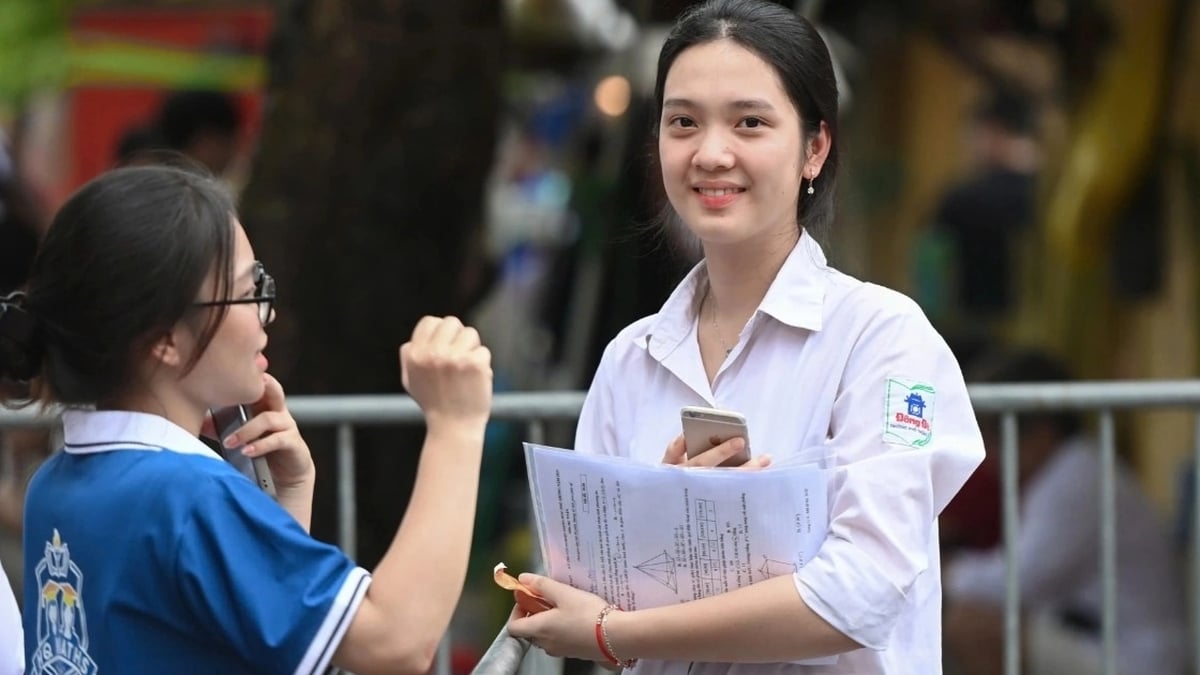

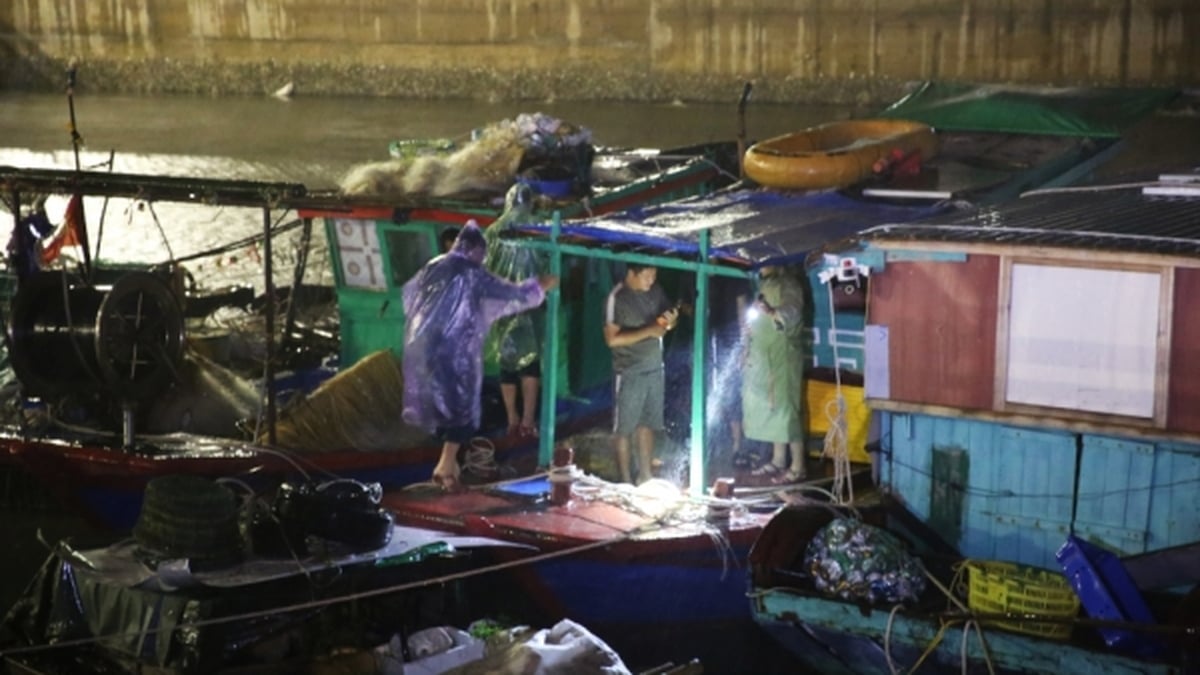


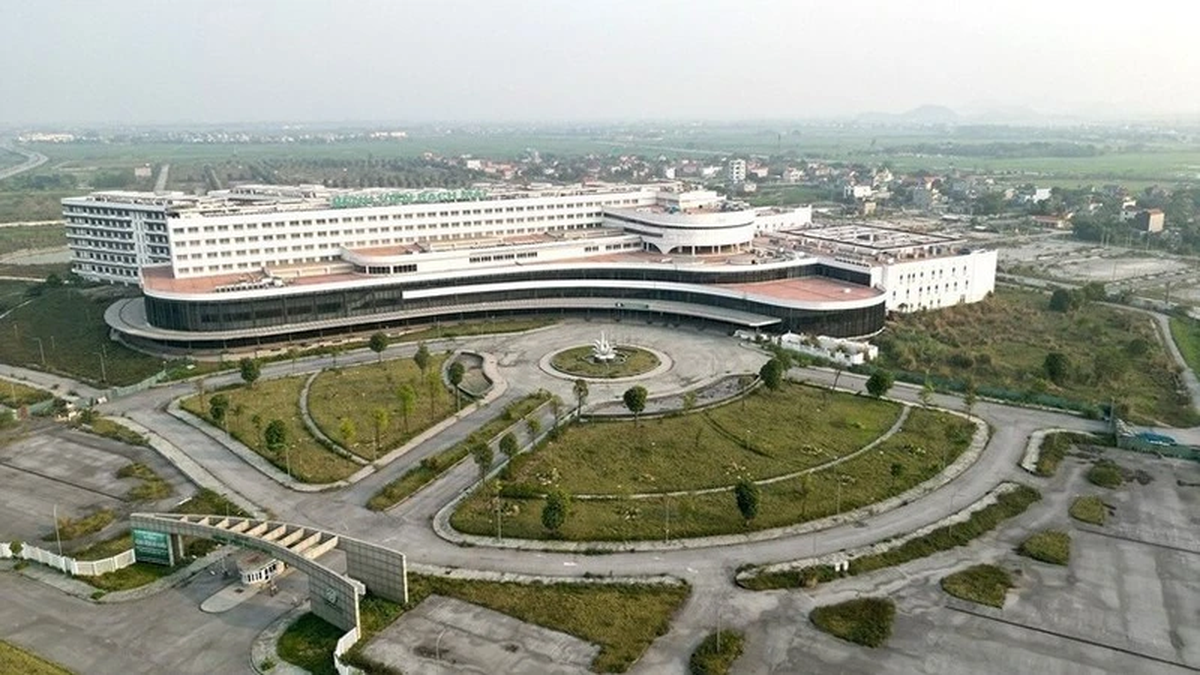
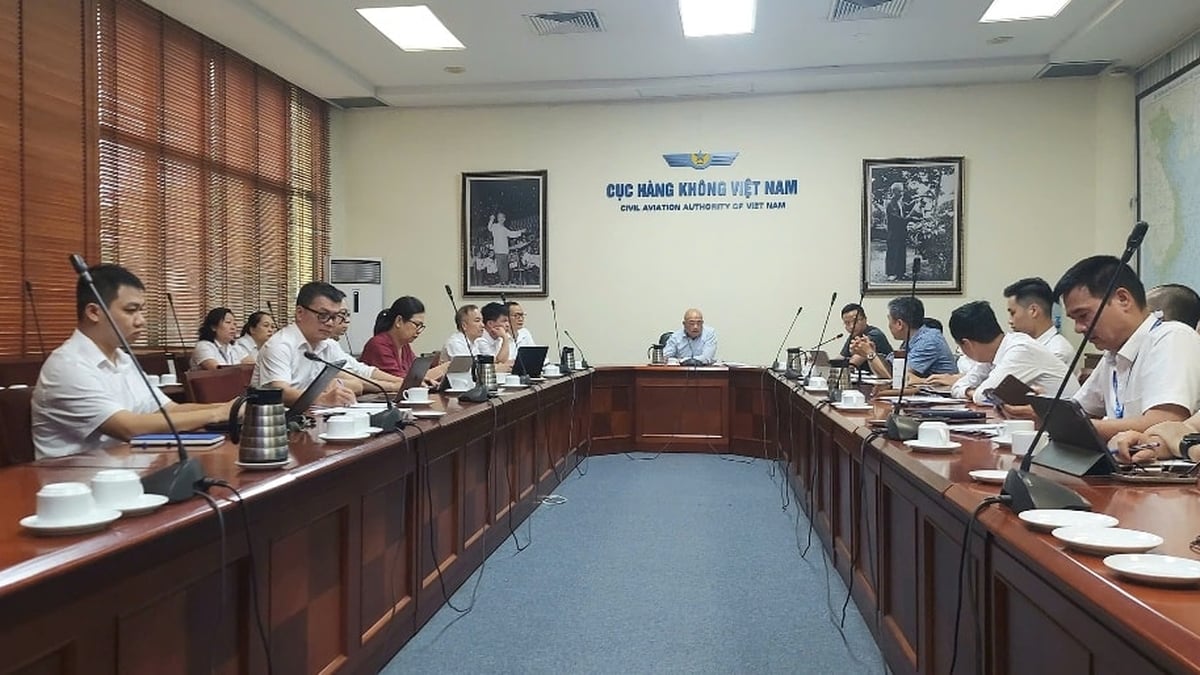















![[Photo] National Assembly Chairman Tran Thanh Man visits Vietnamese Heroic Mother Ta Thi Tran](https://vphoto.vietnam.vn/thumb/1200x675/vietnam/resource/IMAGE/2025/7/20/765c0bd057dd44ad83ab89fe0255b783)










































































Comment (0)